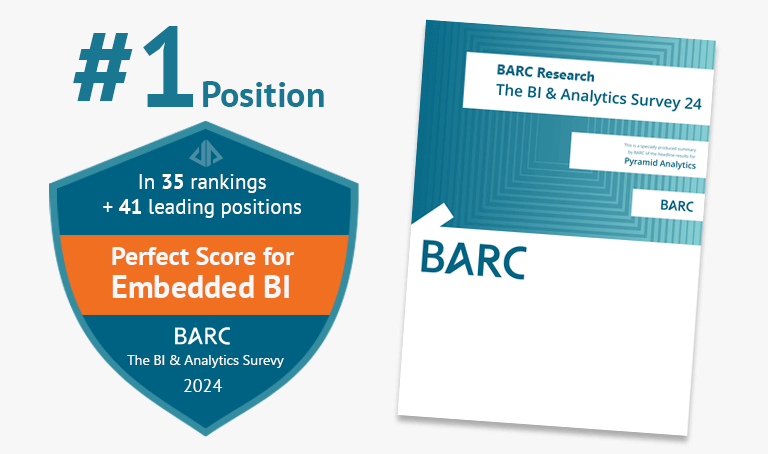Owing to advancements in artificial intelligence and machine learning, analytics is entering an era of unprecedented accessibility. Will data democratisation become the new normal?
For many organisations, data is at the centre of fundamental decision-making, providing business leaders with guidance on how and when to act. But this new emphasis on analytics may leave technical teams burdened by a backlog of additional tasks while their non-technical counterparts struggle to contribute.
As companies become more connected and data-driven, the question is no longer if data should be made available to more people in an organization – even everyone in an organization – but how.
Of the estimated 130 software offerings in the analytics and business intelligence (BI) space, few have evolved to meet the needs of modern, data-driven businesses. Where most BI products have yet to catch up, technical professionals are filling in the gaps to support line-of-business staff. A growing number of enterprises are working towards company-wide adoption to turn data into actionable insights across the board, starting with the embrace of augmented analytics tools that incorporate artificial intelligence (AI) and machine learning (ML).
Calls for continuity
The use of different BI and analytics tools by different teams and departments has created a complex IT landscape that often obscures trends and insights instead of revealing them: silos, shortcuts and inconsistent KPI reporting abound. This lack of continuity makes it difficult for business leaders to accurately anticipate trends or disruptions, and the steps they need to take to course correct or capitalise on opportunities.
“You have a single CRM solution for everybody in the company to manage customer relationships,” says Omri Kohl, co-founder and CEO of Pyramid Analytics. “You have a single ERP to manage your financial – and potentially your production – environment. But you sometimes have hundreds of localised ad-hoc analytics initiatives, so you end up with lots of siloed implementations that advance a specific function but don’t provide a view of the entire company.”
These siloed implementations have occurred against a backdrop of explosive data growth. A decade ago, businesses had limited access to data and accurate, accessible insights that analytics provides. Today, data is abundant, whether structured or unstructured, in small, independent data sets or large inflows of insights that talk to one another. The value is in how information powers decision-making across the business.
This vast wealth of data is constantly in motion. “Data used to be stuck in an enterprise data warehouse,” says Kohl. “Now it’s moving to data lakes. It’s moving from on-prem to the cloud. It’s moving from cloud to multi-cloud, and so forth.” Keeping up with this sustained movement is a challenge and business intelligence needs to adapt to support new levels of operational flexibility.
Democratising decision-making
Navigating this complex data environment and using insights to drive smarter business decisions requires clear leadership. “If I’m a manager of a group of people and I don’t make data-driven decisions, my team won’t make data-driven decisions,” says Kohl. But all too often, managers who want to apply data to make smarter decisions are faced with a debilitating lack of technical know-how.
Department heads want to analyse data in a way that enables them to detangle functional insights from assumptions and use these insights to report with confidence to the executive leadership team. To achieve this independently, they need access to nuggets of information that can inform timely, intelligent decisions.
However, many analytics and BI tools are still targeted at the needs of technical users rather than the needs of the business itself. They require extensive training and skill to use, which makes them inaccessible to the everyday line-of-business user. If a manager wants to understand why a certain area of the business is performing in a certain way, they need to call in the BI experts. And the result is slow – or even no – decision-making.









